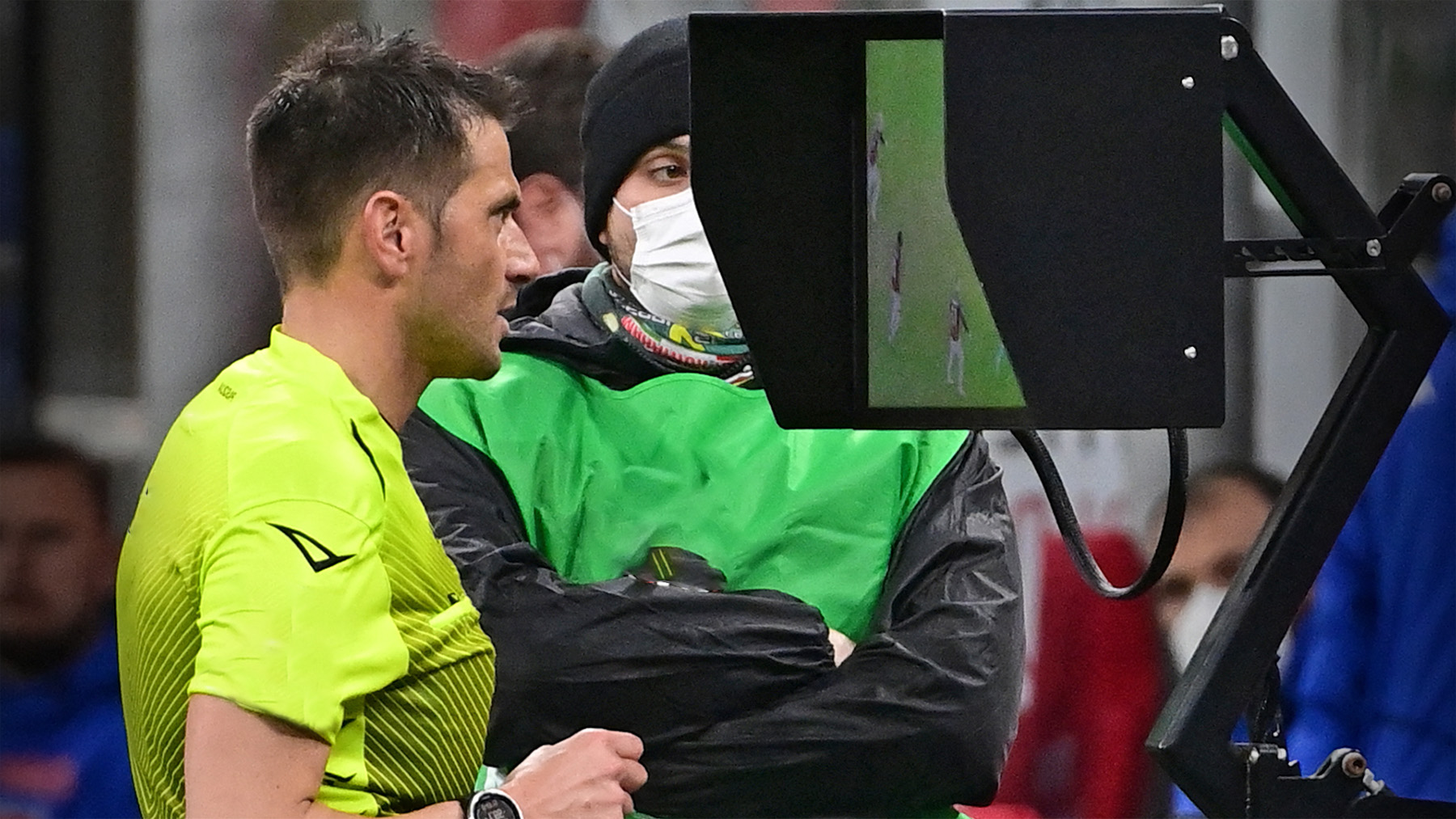
The Video Assistant Referee (VAR) system is a game-changing invention in football, designed to help on-field officials make key decisions using video technology. VAR was first used in professional matches in 2016. Its primary goal is to improve the game’s fairness and accuracy by assessing significant situations such as goals, penalties, red cards, and cases of mistaken identity. While the goal of VAR is to reduce human error and ensure justice on the field, its adoption has sparked heated arguments among fans, players, and specialists. This article dives into the fundamentals of VAR, including its operation, influence, controversy, and future prospects in football.
The Purpose of VAR
VAR was introduced to minimize human error in critical match decisions. The technology assists referees in four key areas:
- Goals and whether there was a violation during the build-up
- Penalty decisions
- Direct red card incidents
- Mistaken identity in awarding a red or yellow card
By providing a second layer of scrutiny, VAR aims to ensure that game-changing decisions are correct, thus upholding the integrity of the sport.
How VAR Works
The VAR system comprises a team of three members: the video assistant referee, an assistant video assistant referee, and a replay operator. They work together in a centralized video operation room, monitoring live footage from multiple camera angles.
When a potential error is identified, the VAR communicates with the on-field referee, who can then review the incident on a pitch-side monitor. The final decision rests with the on-field referee, who may accept the VAR’s advice or stick with their original call.
The Process of Decision-Making
The decision-making process involves several steps:
- Incident Occurs: An event happens on the field that may warrant review.
- VAR Review: The VAR team reviews the incident using video footage.
- Recommendation: The VAR communicates their findings to the on-field referee.
- On-Field Review: The referee may consult the pitch-side monitor to view the footage.
- Final Decision: The referee makes the final call, which can be to uphold, overturn, or modify the original decision.
Controversies and Criticisms
Despite its intended benefits, VAR has not been free from controversy. Critics argue that:
- Disruption of Flow: The process can interrupt the natural flow of the game, leading to extended stoppages.
- Subjectivity: Even with video footage, decisions can still be subjective, leading to debates about consistency.
- Fan Experience: The delay in decision-making can frustrate fans in the stadium and those watching at home, as they wait for the referee’s verdict.
Success Stories
VAR has undeniably had its successes, correcting many critical errors that would have otherwise impacted the outcomes of matches. Notable instances include the correct awarding or overturning of penalties and the identification of offside positions that led to goals being disallowed.
Future Improvements
To address the criticisms and enhance its effectiveness, several improvements are being considered:
- Faster Decision-Making: Streamlining the review process to reduce delays.
- Increased Transparency: Providing more information to fans about the reasons behind decisions, possibly through stadium announcements or broadcast explanations.
- Technological Enhancements: Utilizing advanced technology, such as automated offside detection, to aid the VAR team.
Global Impact
Since its introduction in 2016, VAR has been adopted by numerous football leagues and tournaments worldwide, including the FIFA World Cup, UEFA Champions League, and major domestic leagues like the English Premier League and Serie A. Its global implementation underscores its significance in modern football.
Comments